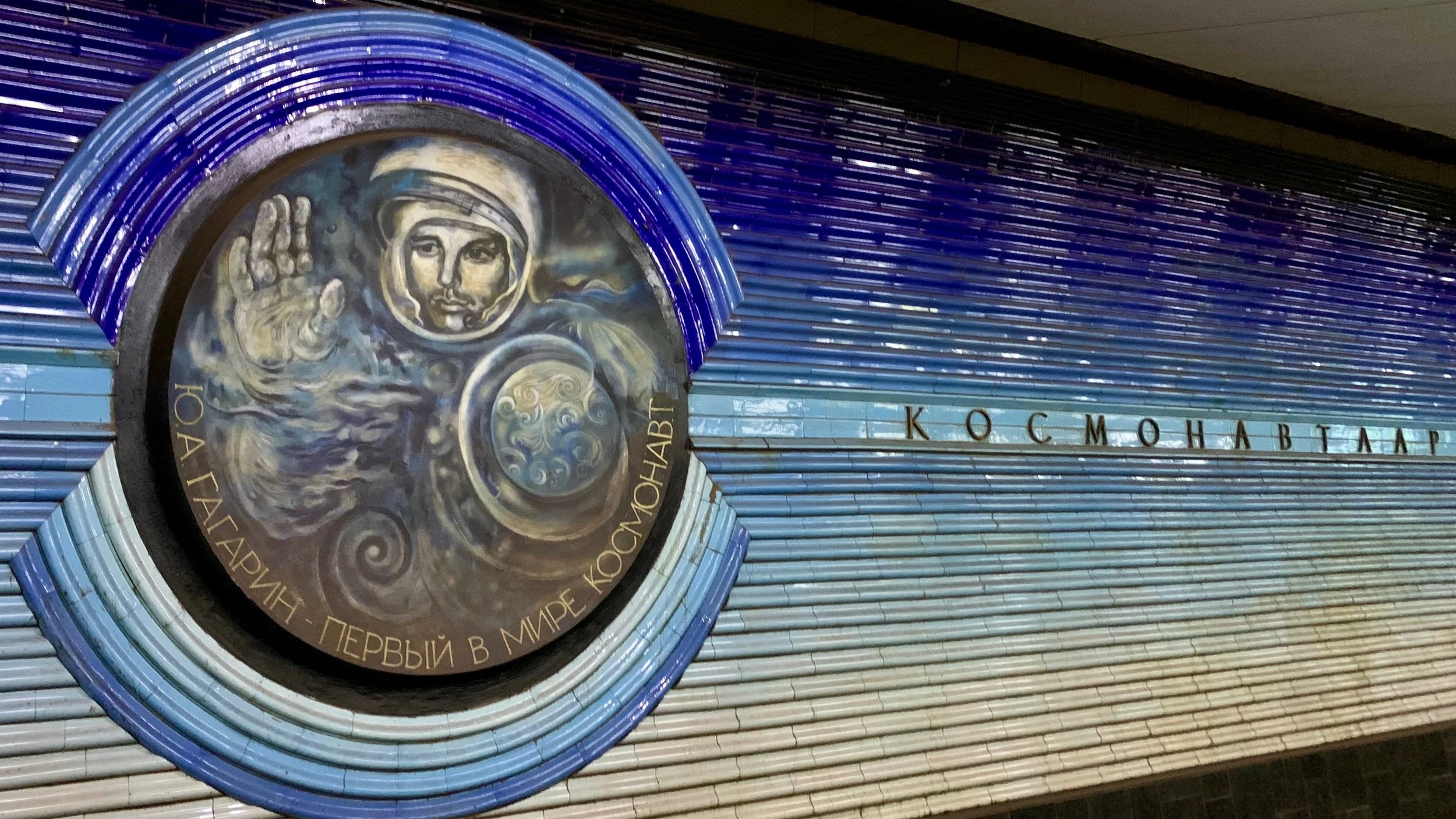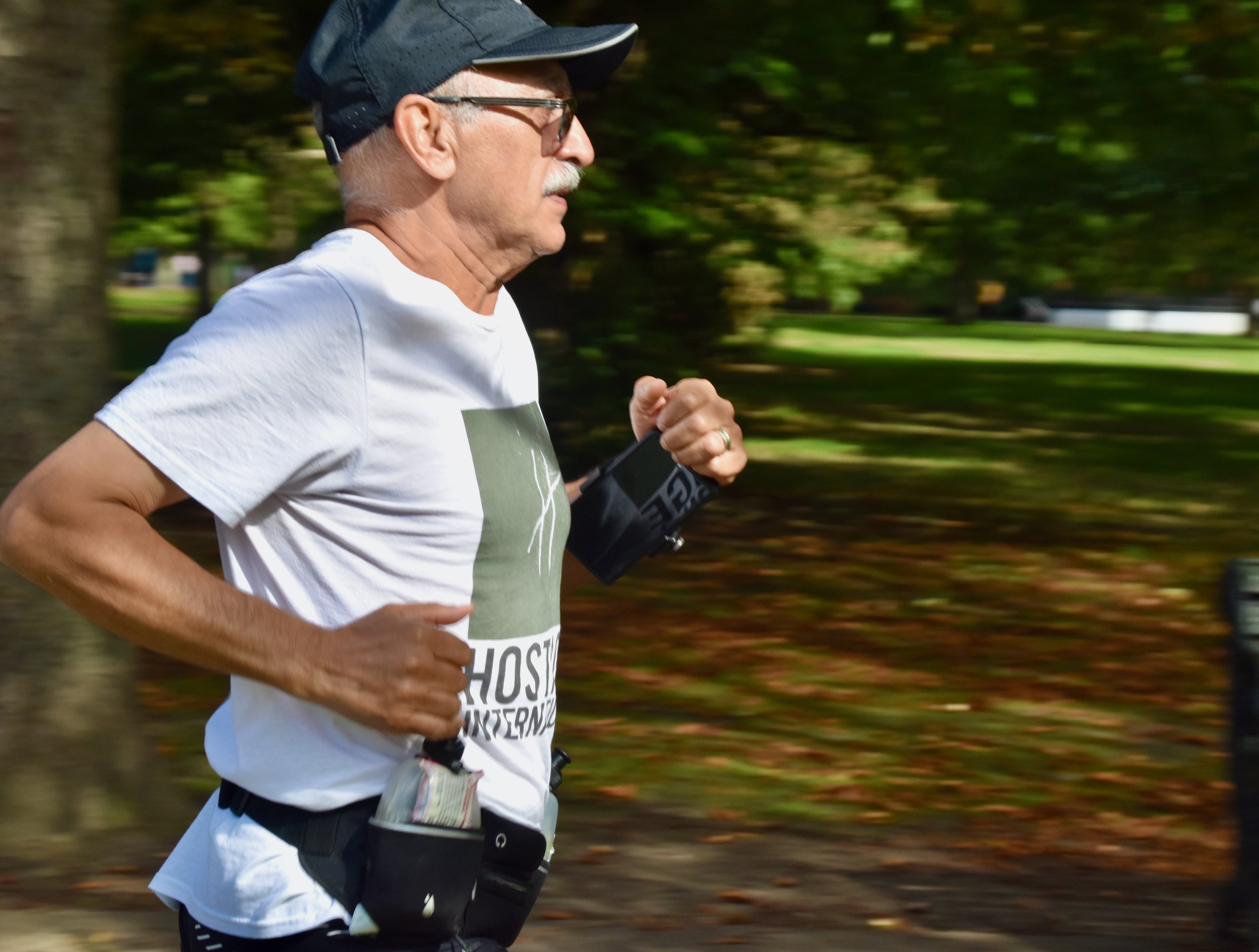For Walter White, growing up Black and being able to “pass” as white empowered him to take on two identities that aided his work with the NAACP exposing racial injustice in the United States.
White was born blonde-haired and blue-eyed in 1893 in Atlanta, Georgia, to a family descended from enslaved Black people and white plantation owners. He grew up in an era in which the “one-drop” rule was enforced—a law that categorized anyone with one drop of Black blood in the family line as a Black person regardless of having a far greater percentage of European ancestry. Despite his European lineage, the future civil rights activist grew up as an African American man. His mother and father, both born enslaved, became middle class, earning degrees and working as a teacher and postal worker, respectively.
White came to understand that, despite his pale skin, he was “a Negro, a human being with an invisible pigmentation which marked me a person to be hunted, hanged, abused, discriminated against, kept in poverty and ignorance in order that those whose skin was white would have readily at hand a proof of their superiority,” as he wrote in his 1948 autobiography, A Man Called White.
WHITE'S FAMILY FACES ATTACK DURING ATLANTA RACE MASSACRE
His identity as a Black man was never more clear than on September 22, 1906, the first day of the Atlanta Race Massacre. The carnage unfolded when a white mob, increasingly fearful that upwardly mobile Black residents were threatening the social order of Jim Crow, killed dozens of African Americans over unsubstantiated allegations of assaults on white women by Black men.
White, in his memoir, recalled when his father heard that a white mob was headed to the home where “that [n—] mail carrier lives” to burn it down. As his mother and sisters hid in the rear of the home, 13-year-old White held a shotgun in the front parlor with his father, ready to target any intruders. The mob retreated before attacking White’s house, but after the riot, White swore he would always stand up to racial oppression.
Jelani Cobb, New Yorker staff writer and Columbia Journalism School professor, says White’s identity was shaped by a long tradition of “voluntary Negroes,” a term coined by Black history scholar David Levering Lewis. “White was shaped by his background in Atlanta, his Black neighborhood and Black church,” says Cobb. “His family also made the political choice that they would never hide or shirk their identity or treat it as shameful.”
WHITE INVESTIGATES LYNCHINGS
After graduating from Atlanta University, White lobbied to save a Black public high school and established a local NAACP chapter, when his work caught the attention of NAACP founder W.E.B. Du Bois and Executive Secretary James Weldon Johnson. He was soon offered a position as assistant secretary at the NAACP’s headquarters in New York.
The United States was in the middle of a lynching scourge when White arrived in New York in 1918. The NAACP had tallied 3,224 lynchings between 1889-1918, mostly targeting African Americans. White hardly had two weeks to settle at his new job before he left for Tennessee to investigate a lynching. From there, White, as he writes, “started a phase of work for the association which neither it nor I had contemplated when I was employed."
Investigating riots was a dangerous mission. To go undetected, White often pretended to be a white salesman or a white journalist, depending on the circumstance. For one of his first operations, investigating the hangings of 10 men, as well as the brutal lynching of a pregnant Black woman, White casually engaged a local merchant whom he suspected had participated in the murder.
“As his manner became more and more friendly I ventured to mention guardedly the recent lynchings. Instantly he became cautious—until I hinted that I had great admiration for the manly spirit the men of the town had exhibited,“ White recalled in a 1929 article for American Mercury. Once the merchant felt he was in safe company, he freely shared his racist beliefs and enjoyment of the woman’s lynching, White added.
During the Red Summer of 1919, White posed as a white journalist from Chicago while investigating a race massacre in Arkansas when he received a warning from a fellow Black man who knew his true identity. Word had gotten out, he was told, and a white mob was after him. White caught the next train out of town. The NAACP office staff, who had heard White had been lynched, sighed with relief when they saw him return.
A COMPLICATED LEGACY
Walter White, former executive secretary of the NAACP, offers his views on an anti-lynching bill before the Senate Judiciary Subcommittee, circa 1940. Bettmann / Getty Images
In 1931, White took over as NAACP executive secretary, urging President Franklin D. Roosevelt and later President Harry Truman to make statements against lynching and segregation. Most notably, White unleashed an ambitious agenda during his tenure that focused on turning the tide for Black Americans through Congress and courtrooms.
He hired a young Thurgood Marshall to defend wrongfully accused Black people against charges of inciting race riots, empowering Marshall to start the NAACP Legal Defense and Education Fund, filing lawsuits to desegregate government offices, the military and public schools, eventually leading to the groundbreaking case Brown v. Board of Education.
In 1955, White died at age 61 from a heart attack, leaving behind a complicated legacy. He may have achieved advances in racial justice, but his ability to straddle both racial lines at his convenience remained controversial among some African Americans.
“Soon after White died, a new generation of African American leaders emerged, and for these leaders his pale complexion was an inconvenience,” wrote A.J. Baime in White Lies: The Double Life of Walter F. White and America's Darkest Secret. But the impact of White’s civil rights work was reflected in the many tributes he received upon his death.
As New York's African American newspaper The Amsterdam News wrote, “White’s cocky aggressiveness stayed with him as long as he lived—as did his boyhood vanity. But it was these very qualities that helped to make him the best lobbyist our race has ever produced, and one of the very best of any race."
Adrian Brune is a London-based American journalist who has written about everything from marathoning in the Middle East to searching for Shakespeare’s true likeness in paint. A native of Tulsa, Oklahoma, she has long followed Walter White and the history of U.S. race massacres.





































